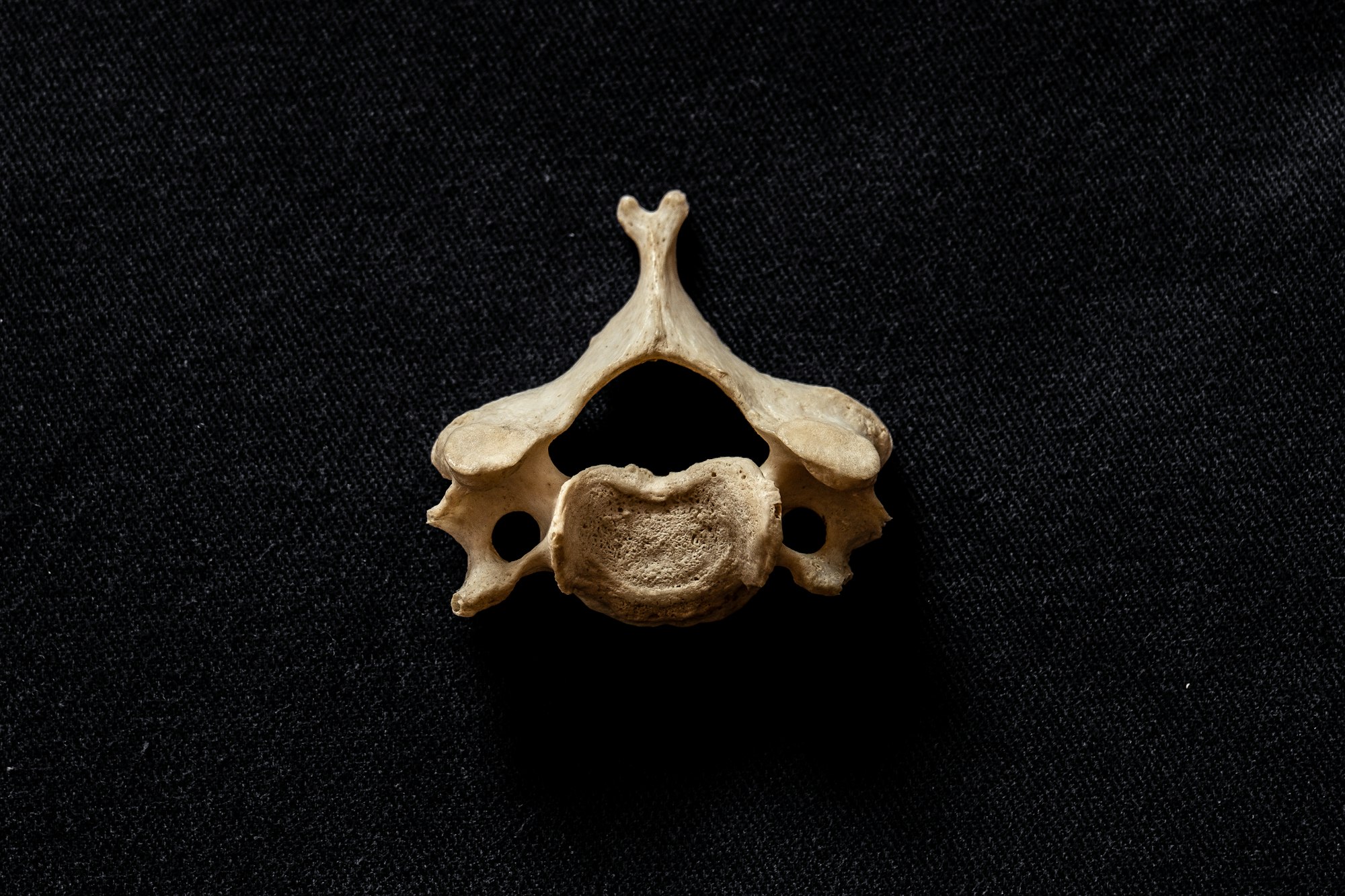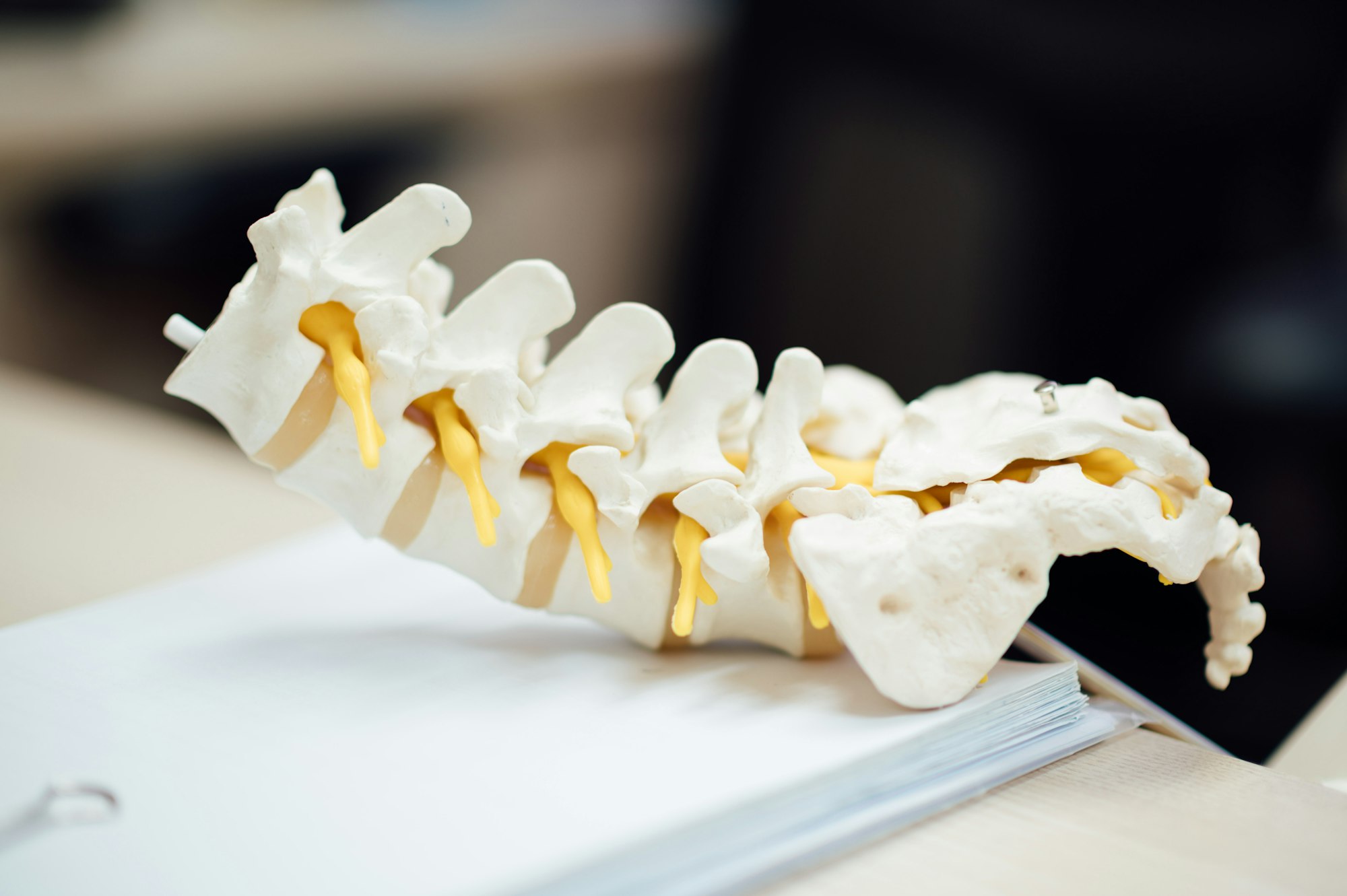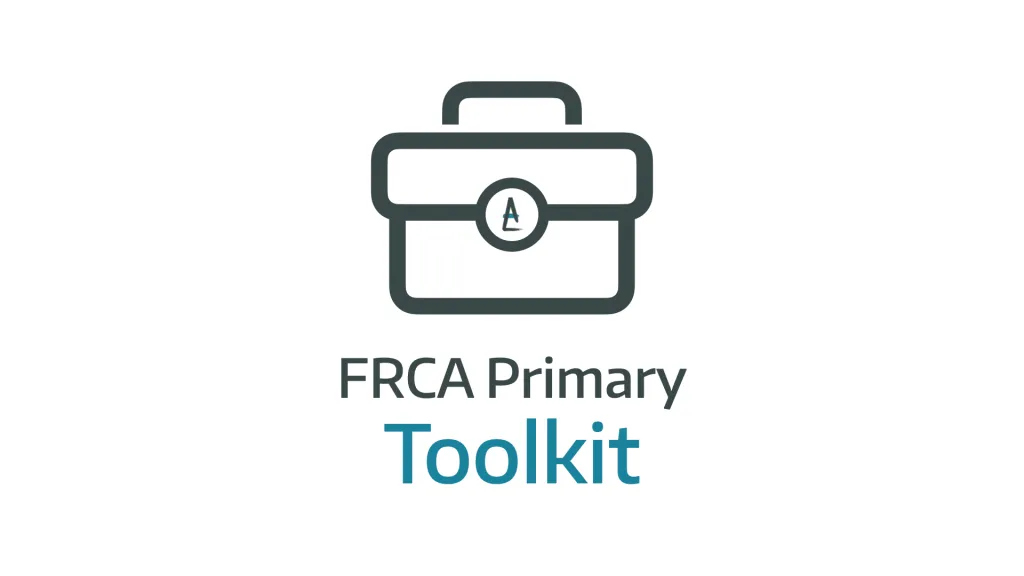Autonomic Dysreflexia

Take home messages
- Proactively anticipate autonomic dysreflexia in patients with spinal cord injuries above T6
- The most common trigger is bladder distension
- Sit them up, remove the trigger, and treat the hypertension
What is it?
Definition
- A life threatening uninhibited sympathetic nervous system response to a noxious stimulus occurring in a patient with a chronic spinal cord injury at T6 or higher
It doesn't generally occur in the acute phase of injury, when spinal shock is still in the process of resolving.
If you don't have a chronic spinal cord injury, then any sort of painful stimulus to your lower limbs, pelvis or abdomen is going to trigger a host of autonomic responses including:
- Tachycardia
- Sweating
- Hypertension
If however you have a complete spinal cord transection, let's say at T10, then it's likely that you won't feel - or demonstrate a significant autonomic response to - a painful stimulus in your legs.
Now if we consider what happens as the level of the spinal cord lesion gets higher, things get somewhat more intriguing.
The anatomy of the situation
For a proper understanding of why this occurs, we need to consider where each modality of neural transmission is plumbed in.
What happens normally
- The parasympathetic and sympathetic branches of the autonomic nervous system are in balanced opposition to maintain cardiovascular stability
Sympathetic
- Outflow is from T1 - L2
- Preganglionic fibres leave the ventral roots and enter the sympathetic chain
- These can then head up or down the chain a couple of levels before synapsing
Postganglionic fibres then head off to their target organs to induce:
- Vasoconstriction via α-adrenergic receptors
- Inotropy and chronotropy via β₁ receptors
- Sweating and piloerection in the skin
Parasympathetic
- Outflow from cranio-sacral regions
- Cranial nerves 3, 7, 9, 10 and S2 - S4
- In particular the vagus nerve supplies the heart and visceral organs of the abdomen
Descending control
This bit is key.
- The hypothalamus and brainstem exert descending inhibitory control over the sympathetic nervous system, to stop it from getting all flustered and over-reacting
- This control helps to fine-tune the vasomotor tone and blood pressure
What happens in a spinal cord injury
If you suffer a complete spinal cord injury at or above T6, then you have a tricky situation:
- There is still substantial intact sympathetic supply via the sympathetic chain, which runs parallel to the damaged spinal cord
- In particular the splanchnic vascular bed, which acts as an enormous reservoir of blood, is supplied by T5 - L2
- There is loss of the descending inhibitory control of said sympathetic supply
Therefore if you have unrestricted sympathetic activation of this vascular bed, as well as other blood vessels in the body, it's easy to see how blood pressure can quickly skyrocket.
This is why T6 is the crucial level, as the splanchnic outflow (T5–L2) contains most of the sympathetic tone that determines total peripheral vascular resistance.
Describe the reflex pathway in autonomic dysreflexia
- Noxious stimulus triggers peripheral nociceptors below the level of the spinal cord lesion
- Afferent signals via Aδ and C fibres to spinal cord
- These afferents activate sympathetic neurons in the intermediolateral columns below the lesion
- This triggers a sympathetic response, with widespread vasoconstriction and catecholamine release
- A lack of descending inhibitory control allows this to continue
- The surge of blood pressure triggers baroreceptors in the carotid sinus and aortic arch
- The glossopharyngeal and vagus nerves respectively then inform the medulla
- The medulla responds with parasympathetic stimulation, which can't reach the sacral outflow, only the cranial outflow above the spinal cord lesion
- This results in the characteristic pattern of flushing, vasodilatation, nasal congestion and bradycardia above the lesion, and profound vasoconstriction below it
The heart rate will depend a little on the level of the lesion. A lesion at T6 will still have descending inhibitory control of the cardioaccelerator fibres from T1 - T4, so the parasympathetic activation will cause a bradycardia.
A cervical lesion may result in dominant sympathetic stimulation of the heart, resulting in a tachycardia.
What are the clinical features of autonomic dysreflexia?
- Sudden hypertension upwards of 200 mmHg systolic
- Bradycardia
- Headache
- Blurred vision
- Anxiety
- Flushing
- Sweating (above the lesion)
- Piloerection and pallor (below the lesion)
Seizures and cardiac arrest are technically possible in their own right, but may be a sign of intracranial haemorrhage in severe cases.
What are the classic triggers?
- Urinary retention
- Blocked catheter
- Faecal impaction
- Rectal examination
- Pressure sores
- Surgery
- Uterine contractions
Even tight clothing can set it off.
What do I do about it?
Firstly if you're going anywhere near a patient with a high chronic spinal cord lesion, you need to think about the possibility of autonomic dysreflexia, and be ready to manage it.
Then you want to ask the patient (who is likely more of an expert in their condition than you are) about whether they've had it before, and what their particular triggers are.
Finally you want to know how to prevent it.
Spinal time
While doing a spinal anaesthetic in a patient with a spinal cord injury may feel rather uncomfortable, regional anaesthesia that provides a convenient temporary chemical sympathectomy can save you and the patient a lot of hassle.
General anaesthesia
Essentially you just need to ensure the patient is deep enough and has plenty of analgesia on board.
As with many bad things in medicine and anaesthesia, the key is prevention and avoidance.
- Avoid tight clothing
- Ensure pressure points are protected
- Catheter to avoid bladder distension
- Laxatives to avoid constipation
- Spinal or epidural anaesthesia can prevent it, but not with 100% certainty
But sometimes it'll still happen despite your best efforts, and you need to know what to do about it.
What is your immediate management of autonomic dysreflexia?
- Identify it and recognise that it is happening (sudden bradycardia and hypertension)
- Remove the trigger (check catheter, pause surgery)
- Sit the patient upright to reduce intracranial pressure
- Deepen anaesthesia if under general anaesthesia
- GTN spray
- Intravenous antihypertensives - labetalol, hydralazine
Avoid pure beta blockers as you'll leave the patient with unopposed α-adrenergic vasoconstriction, just like in phaeochromocytoma
To anaesthetise or not?
It may sounds abhorrent to even consider letting a surgeon anywhere near a patient without at least some form of anaesthesia on board.
However.
There are some circumstances when a patient with a chronic spinal cord injury may be totally insensate below the level of their lesion, and suffer no ill effects of undergoing an operation without any additional anaesthesia.
There are four specific criteria that must be met if this is to be considered.
When is anaesthesia not required?
- Surgical site below level of lesion
- No history of autonomic dysreflexia
- Complete lesion
- No muscle spasms
All four criteria must be met for anaesthesia not to be required. Of course you should be available on standby in case of any issues or if the patient changes their mind.
Of course you need to discuss this with the patient, and if the requirements for no anaesthesia are met, the patient needs to be reassured about this fact please.
Useful Tweets and Resources
If you are not an expert on autonomic dysreflexia, read these… pic.twitter.com/yRmu08zZiF
— Oren Gottfried, MD (@OGdukeneurosurg) August 3, 2022
References and Further Reading



Primary FRCA Toolkit
While this subject is largely the remit of the Final FRCA examination, up to 20% of the exam can cover Primary material, so don't get caught out!
Members receive 60% discount off the FRCA Primary Toolkit. If you have previously purchased a toolkit at full price, please email anaestheasier@gmail.com for a retrospective discount.

Discount is applied as 6 months free membership - please don't hesitate to email Anaestheasier@gmail.com if you have any questions!
Just a quick reminder that all information posted on Anaestheasier.com is for educational purposes only, and it does not constitute medical or clinical advice.
Anaestheasier® is a registered trademark.

